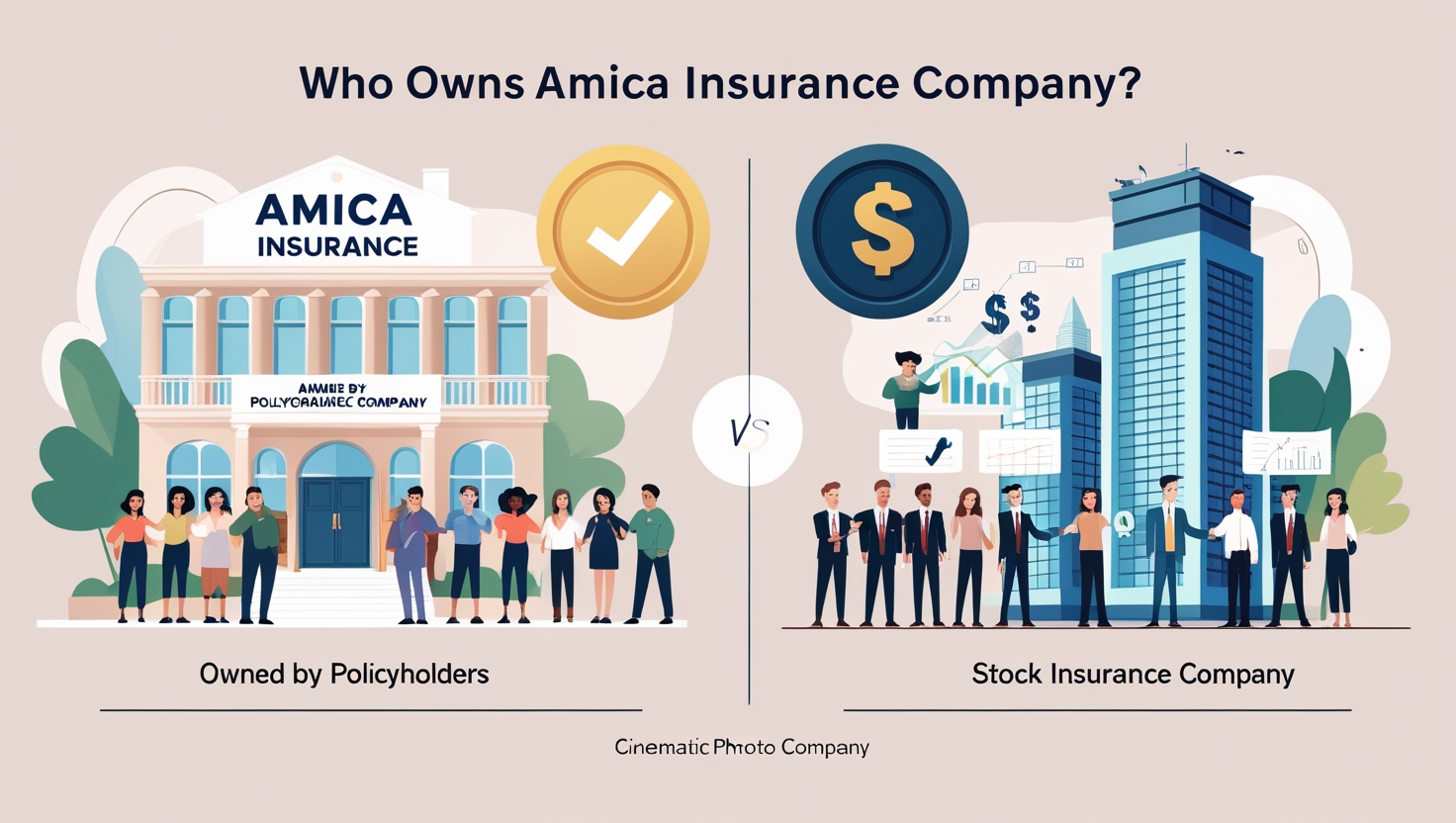Table of Contents
When it comes to your money, safety isn’t optional—it’s essential. If you’re banking with or considering opening an account at CIT Bank, one of the biggest questions you might have is: “Is CIT FDIC insured?” It’s a fair concern, especially in a world where banking stability and insurance coverage can mean the difference between peace of mind and financial uncertainty.
In this post, we’ll dive deep into FDIC insurance, explore what it means for CIT customers, compare FDIC coverage with other forms of protection, and discuss how to ensure your funds are fully protected. Let’s break it all down—clearly, thoroughly, and with some real-world perspective.

What Is FDIC Insurance and Why Does It Matter?
The Federal Deposit Insurance Corporation (FDIC) is a U.S. government agency established in 1933 after the Great Depression to restore trust in the American banking system. Its primary role? To insure your deposits in case a bank fails.
Here’s what FDIC insurance typically covers:
- Up to $250,000 per depositor, per insured bank, per ownership category.
- Covered accounts include: Checking, savings, money market accounts, and certificates of deposit (CDs).
- Not covered: Stocks, bonds, mutual funds, crypto, or life insurance policies—even if purchased through your bank.
FDIC insurance is like a safety net for your savings. If your FDIC-insured bank fails, the government guarantees your insured funds up to the limit. It’s the gold standard of banking safety in the U.S.
So, Is CIT FDIC Insured?
Yes, CIT Bank is FDIC insured.
CIT Bank is a division of First Citizens Bank, which is an FDIC member institution. That means all deposits made with CIT—whether it’s a savings account, money market account, or CD—are insured by the FDIC.
- FDIC Certificate Number: CIT Bank (via First Citizens Bank) is insured under FDIC certificate #11063.
- Coverage Limit: Up to $250,000 per depositor, per ownership category.
- Confirmation: You can always verify a bank’s FDIC status through the FDIC BankFind tool.
💡 Pro Tip: Even though CIT is a division of First Citizens, your total deposits at both institutions are combined for FDIC coverage purposes. That means if you have $200,000 in CIT and $100,000 in First Citizens, only $250,000 is insured—not $300,000.
What Types of Accounts at CIT Are FDIC Insured?
| Account Type | FDIC Coverage? | Notes |
|---|---|---|
| Savings Accounts | ✅ Yes | Includes Savings Connect and Savings Builder |
| Money Market Accounts | ✅ Yes | Fully insured |
| Certificates of Deposit (CDs) | ✅ Yes | Insured up to FDIC limits |
| Custodial Accounts (UTMA) | ✅ Yes | Coverage based on beneficiary interest |
| Business Checking Accounts | ✅ Yes | Subject to same $250k limit |
| Investment Products (IRAs, Mutual Funds) | ❌ No | Not insured unless held in a deposit account |
How Does FDIC Insurance Actually Work?
Let’s say something unthinkable happens: CIT Bank suddenly goes under (again, hypothetical). What happens to your money?
- The FDIC steps in immediately.
- Insured deposits (up to $250,000 per depositor, per ownership category) are typically paid out within a few business days.
- You can either:
- Receive a check from the FDIC,
- Have your funds transferred to a new insured bank,
- Or receive a combination of both.
In most cases, account holders with insured deposits don’t lose a penny. However, anything above FDIC limits could be at risk.
Why Some People Still Worry About Online Banks
Even though online banks like CIT are often FDIC insured, people are sometimes skeptical. Here’s why:
1. Lack of Physical Branches
- Online banks can feel less “real” because you can’t walk into one.
- However, fewer overhead costs often mean better interest rates and no fees.
2. Confusion About Brand Names vs. Legal Entities
- CIT is now part of First Citizens Bank—but many users still see it as its own entity.
- FDIC insurance applies at the institution level, not the brand level.
3. Cybersecurity Concerns
- Online platforms face hacking risks, but FDIC insurance protects against bank failure, not cybercrime. That’s why you still need strong digital security practices.
Key Insights on FDIC Insurance and Financial Strategy
Let’s go beyond the basics. Here’s what savvy savers should really consider when thinking about insurance and banking:
💡 Diversify Across Institutions
If you have more than $250,000 in cash savings, consider spreading it across multiple FDIC-insured banks to maximize coverage.
🧾 Know the Ownership Categories
FDIC insurance applies per ownership category. So:
- A single account = $250k coverage.
- A joint account = $250k per co-owner.
- Retirement accounts (like certain IRAs held in banks) may also qualify for separate coverage.
🔍 Use the FDIC Estimator
Want a personalized breakdown? Try the FDIC’s Electronic Deposit Insurance Estimator (EDIE) to see exactly how much of your money is covered.
🧠 Don’t Confuse FDIC With SIPC
If you’re investing, know that SIPC (Securities Investor Protection Corporation) covers broker-dealer failures—not the same thing as FDIC. SIPC does not protect the value of your investments—only the cash or securities in your brokerage account if the firm fails.
My Experience Banking with CIT
As someone who’s used CIT’s Savings Connect account, I can speak to both the pros and the concerns firsthand.
What I Liked:
- High-interest rates compared to brick-and-mortar banks.
- User-friendly app with clean design.
- No monthly maintenance fees.
What Gave Me Pause:
- When I learned CIT merged with First Citizens, I had to double-check that my accounts still fell under the same FDIC umbrella.
- I realized that my $150k in CIT and $120k in First Citizens exceeded FDIC limits—something I hadn’t thought about before.
✅ Takeaway: FDIC insurance is reliable—but only if you know how it applies to your total balance across connected institutions.
Final Thoughts: Is CIT a Safe Place for Your Money?
Yes—CIT Bank is FDIC insured, making it a secure choice for your savings.
As long as you stay within FDIC limits and understand how ownership categories affect coverage, your money is safe—even in a worst-case scenario.
But don’t stop at “Is it insured?”
Ask yourself:
- Am I fully covered across all my accounts?
- Do I understand how my money is protected in different types of financial products?
- Have I diversified enough to minimize risk?
Being financially savvy isn’t just about saving money—it’s about protecting it.
Call to Action: What Should You Do Next?
✅ Check your bank’s FDIC status using BankFind.
✅ Use EDIE to calculate your current coverage across all accounts.
✅ Explore more about insurance and financial protection in our Insurance Insights Hub (link to internal blog/resource page).
✅ Sign up for our newsletter to get weekly tips on protecting and growing your money—no fluff, just actionable advice.




